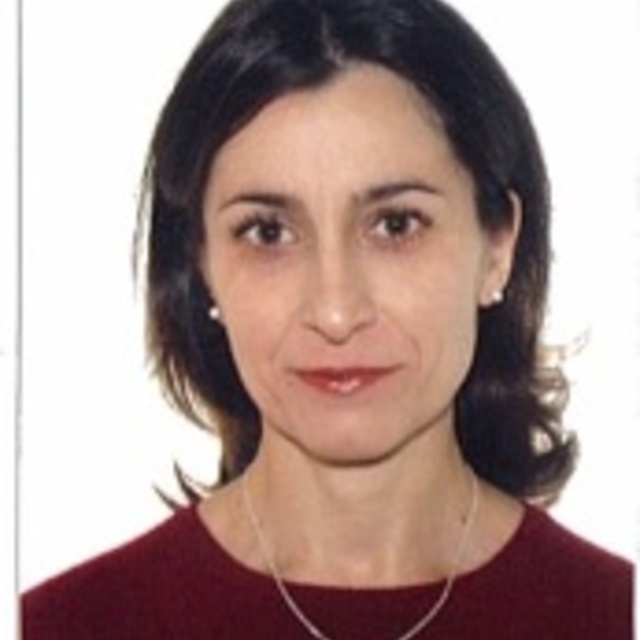2012
•
2012AdAst2012E..41T
Authors
•
Tibbs, Christopher T.
•
Paladini, Roberta
•
Dickinson, Clive
Abstract
•
Many studies of anomalous microwave emission (AME) have computed an AME emissivity to compare the strength of the AME detected in different regions. Such a value is usually defined as the ratio between the intensity of the AME at 1 cm and the thermal dust emission at 100 \mu m. However, as studies of Galactic dust emission have shown, the intensity of the thermal dust emission at 100 \mu m is strongly dependent on the dust temperature, which has severe implications for the AME emissivity defined in this way. In this work, we illustrate and quantify this effect and find that the AME emissivity decreases by a factor of 11.1 between dust temperatures of 20 and 30 K. We, therefore, conclude that computing the AME emissivity relative to the 100 \mu m emission does not allow for accurate comparisons between the AME observed in different environments. With this in mind, we investigate the use of other tracers of the dust emission with which to compute the AME emissivity and we ultimately conclude that, despite the difficulty in deriving its value, the column density of the dust would be the most suitable quantity with which to compute the AME emissivity.
Links




